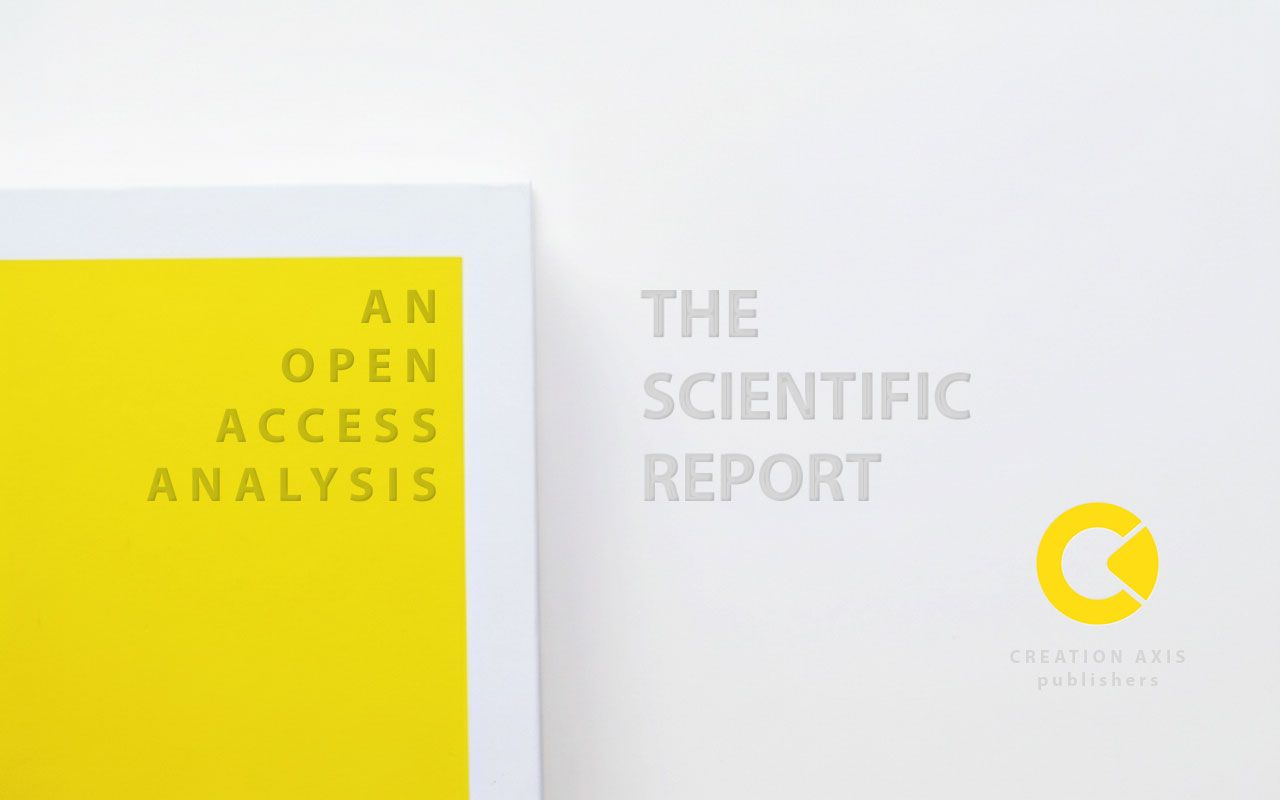The Global Mental Health Crisis
A visual report on the state, origins, and future of mental well-being.
The Scale of the Challenge: A Global View
Mental health conditions are prevalent worldwide, yet a significant portion of affected individuals lack access to necessary care, creating a vast treatment gap.
people globally lived with a mental disorder in 2019, totaling nearly a billion people.
Prevalence of Common Mental Disorders
This chart illustrates the global distribution of common mental health conditions, with anxiety and depressive disorders being the most widespread.
The Global Treatment Gap
A stark disparity exists in mental healthcare access. In many low and middle-income countries, over 75% of individuals with mental disorders receive no treatment at all, compared to a still-high figure in high-income nations.
Understanding the Origins of the Crisis
The crisis stems from a complex interplay of socioeconomic, biological, and environmental factors that impact individuals and communities.
💰Socioeconomic Factors
- Poverty and economic inequality
- Lack of access to education
- Unemployment and job insecurity
- Social discrimination and isolation
🧠Biological & Individual Factors
- Genetic predispositions
- Chronic physical illness
- Neurochemical imbalances
- Trauma and adverse life events
🌍Environmental Factors
- Conflict, disaster, and displacement
- Rapid urbanization and social change
- Climate change-related anxieties
- Barriers to healthcare services
The Digital Amplifier: Social Media & Device Use
The digital age has introduced new variables affecting mental health, with excessive screen time and social media use showing correlations with negative well-being outcomes.
Social Media Use vs. Reported Well-being
This scatter plot visualizes a general trend where higher daily hours on social media are correlated with lower self-reported well-being scores among young adults.
Physiological Consequences
Constant connectivity and information overload can have tangible physiological effects:
- Disrupted Sleep Patterns: Blue light from screens can interfere with melatonin production, leading to poor sleep quality.
- Increased Cortisol Levels: The pressure to be constantly available and responsive can elevate stress hormones.
- Sedentary Behavior: Extended device use is linked to reduced physical activity, a known factor in both physical and mental health.
Pathways to Hope: Available & Forecasted Solutions
While challenges remain, progress is being made through established treatments, innovative technologies, and a growing emphasis on integrated care.
Projected Growth of Digital Mental Health Market
The digital mental health sector is expanding rapidly, reflecting a shift towards accessible, technology-based solutions like teletherapy and mental health apps. The market is forecast to see substantial growth in the coming years.
Key Solution Areas
-
✓
Integrated Care
Incorporating mental healthcare into primary healthcare settings to increase accessibility and reduce stigma.
-
✓
Digital Therapeutics & Telehealth
Using apps, online platforms, and video conferencing to deliver therapy and support remotely.
-
✓
Policy & Investment
Increased government and private sector investment in mental health services and research.
A Simplified Path to Seeking Help
Acknowledgement
(GP, Hotline, Friend)
Assessment
Treatment Plan
References
- Lund, C., De Silva, M., Plagerson, S., Cooper, S., Chisholm, D., Das, J., Knapp, M., & Patel, V. (2018). Poverty and mental disorders: breaking the cycle in low-income and middle-income countries. The Lancet, 372(9646), 1357-1365. https://www.thelancet.com
- Torous, J., Jän Myrick, K., Rauseo-Ricupero, N., & Firth, J. (2021). Digital Mental Health and COVID-19: Using Technology to Respond to the Pandemic. Journal of Medical Internet Research, 22(3), e18826. https://www.jmir.org
- Twenge, J. M. (2019). More Time on Technology, Less Happiness? Associations Between Digital Media Use and Subjective Well-Being. Current Directions in Psychological Science, 28(4), 372–379. https://journals.sagepub.com
- World Health Organization. (2022). World mental health report: Transforming mental health for all. https://www.who.int
© 2025 Antonio Caballero. All Rights Reserved.
Infographic generated for research and educational purposes.





